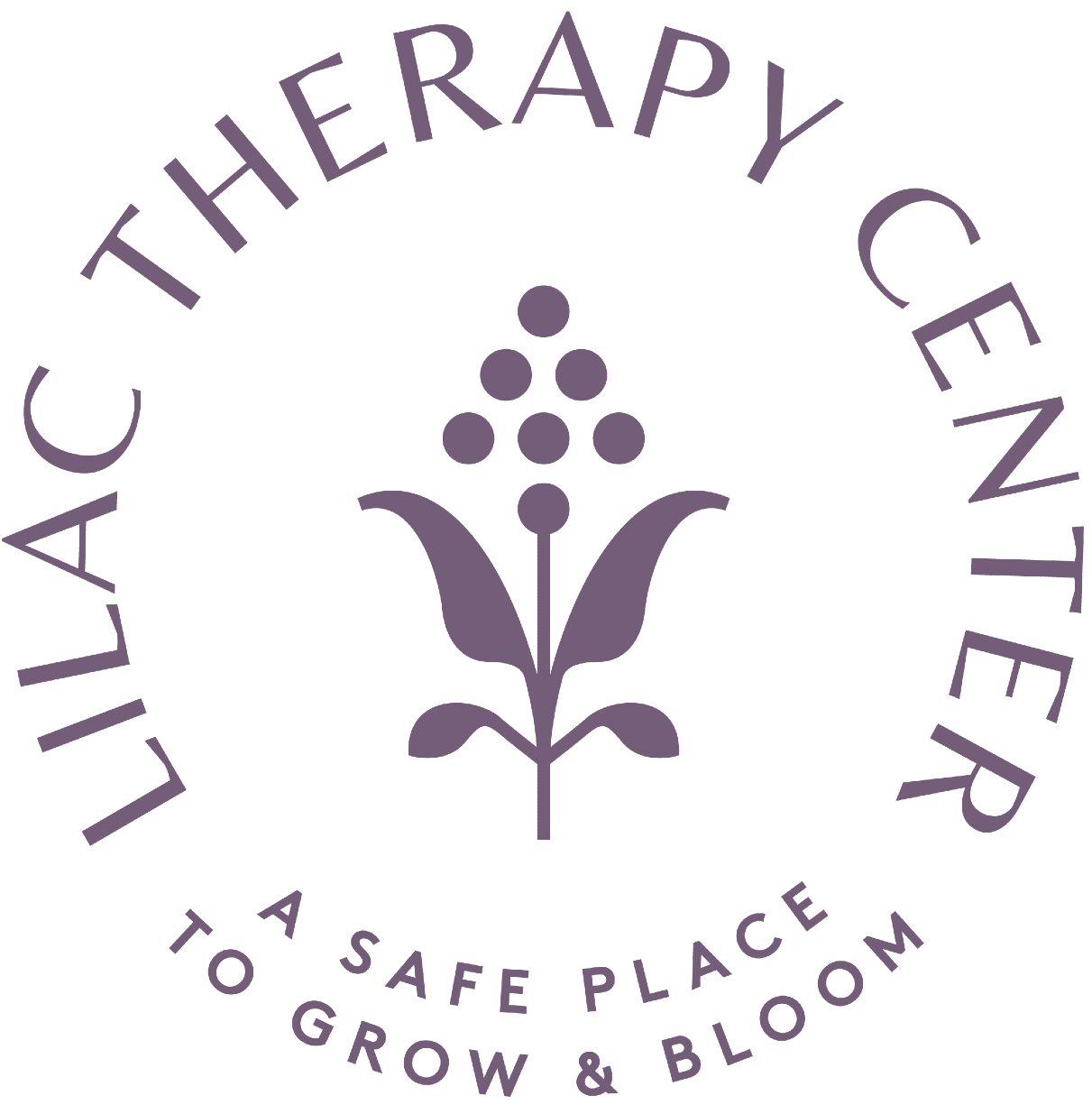Bringing Clarity to Seasonal Affective Disorder (SAD)
Understanding, Impact, and Coping Techniques
As the seasons shift, it's common for our moods to change too. However, for some, the arrival of fall and winter brings more than just a desire to wear cozy sweaters and drink hot cocoa. The change in seasons may also trigger a condition known as Seasonal Affective Disorder (commonly referred to as SAD).
What is Seasonal Affective Disorder (SAD)?
Seasonal Affective Disorder is a form of recurrent depression that typically follows a seasonal pattern. Most often it occurs during the fall and winter months when we experience less natural sunlight. Those suffering with SAD may experience a range of symptoms, including but not limited to:
Persistent sadness or depressed mood
Low energy and fatigue
Changes in sleep patterns (including oversleeping or insomnia)
Increased/decreased appetite
Difficulty concentrating and focusing
Loss of interest in activities once enjoyed
Social withdrawal
Physical symptoms like headaches and body aches
Irritability
Feelings of hopelessness or worthlessness
Thoughts of suicide or self-harm
Who is Affected by SAD?
People of all ages and from all corners of the globe are impacted by seasonal affective disorder. That said, some populations are more vulnerable than others. SAD is more common in northern latitudes and other areas with considerable seasonal fluctuations in daylight. SAD is also more common in women than in men, and it may be more prevalent in people who have a family history of depression or SAD.
Boston University reports that Seasonal Affective Disorder impacts an estimated 10 million Americans every year. It is also estimated to affect 10- 20 percent of people with major depressive disorder and about 25 percent of people with bipolar disorder. This means that those with certain mental health concerns are more likely to develop SAD within their lifetimes.
Coping with SAD:
The first step to managing Seasonal Affective Disorder is recognizing the symptoms and seeking help. Alongside professional support here are a few action items you can implement in your life to help manage SAD:
Eating a well-balanced diet
Making time to do the things you enjoy
Managing stress levels
Practicing mindfulness and relaxation
Spending time with loved ones
Spending time outdoors and getting regular physical exercise
Taking prescribed medications
Trying Cognitive-Behavioral Therapy (CBT)
Maintaining a consistent sleep schedule
If you, your child, or another loved one is struggling with Seasonal Affective Disorder, we can help. Reach out for a consultation by visiting: https://lilactherapycenter.org/contact
Follow Lilac Therapy Center on Facebook and Instagram for more mental health awareness information and tips.

